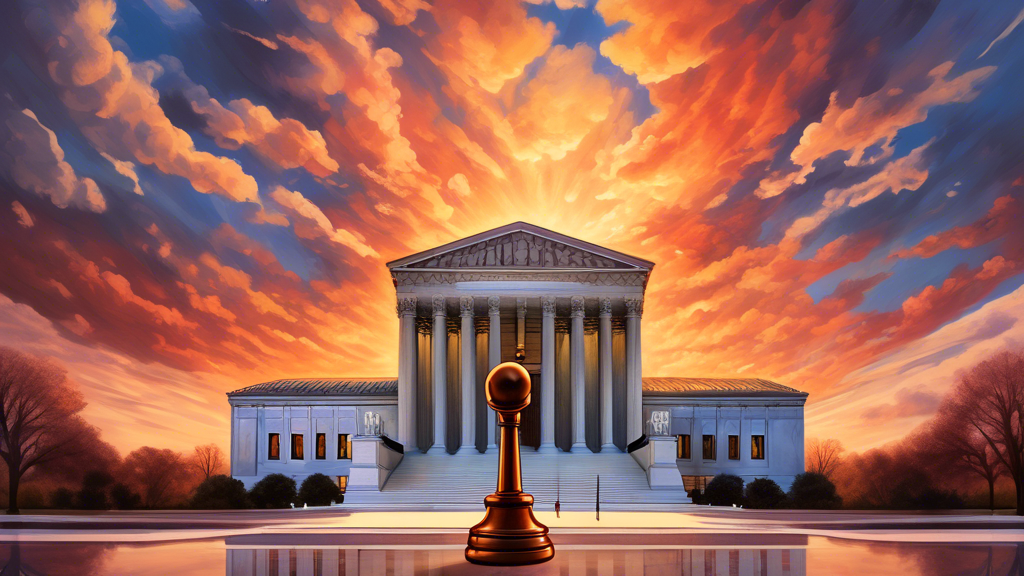
On This Day in Supreme Court History: November 6, 1989
On November 6, 1989, the U.S. Supreme Court heard arguments for the landmark case Employment Division v. Smith, a crucial dispute that would redefine the interpretation of the First Amendment’s Free Exercise Clause.
Case Overview
The case arose from a conflict between the Employment Division of Oregon and respondents Alfred Smith and Galen Black. At the heart of the matter was whether individuals could be denied unemployment benefits after being fired for using peyote, a substance classified as controlled, in the context of their religious rituals.
Context of the Case
This legal battle was rooted in broader questions about religious freedom and governmental authority. The use of peyote is a sacred practice among certain Native American religious groups, and the plaintiffs argued that their termination for using this substance violated their rights under the First Amendment. The core issue was whether the state could impose employment restrictions that effectively penalized individuals for their religious practices.
Legal Implications
Employment Division v. Smith became a pivotal case in defining the balance between religious liberty and the enforcement of neutral laws. The implications of this case extended far beyond Oregon, as the Supreme Court’s decision would influence how the Free Exercise Clause was interpreted in future cases. The Court was faced with the challenge of evaluating whether a neutral law could disproportionately impact specific religious groups without infringing their constitutional rights.
Conclusion
While the specific details of the ruling were not covered in the arguments heard on November 6, 1989, the case eventually resulted in a significant decision. The Supreme Court concluded that the Free Exercise Clause does not shield individuals from the consequences of violating generally applicable laws, even if those laws unintentionally hinder their religious practices. This ruling has had lasting ramifications for the legal landscape of religious freedom in the United States, guiding subsequent interpretations of the First Amendment.
As we reflect on this day in Supreme Court history, Employment Division v. Smith serves as a reminder of the ongoing dialogue around the limits of religious freedom in the face of state regulations.
